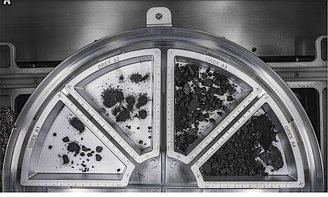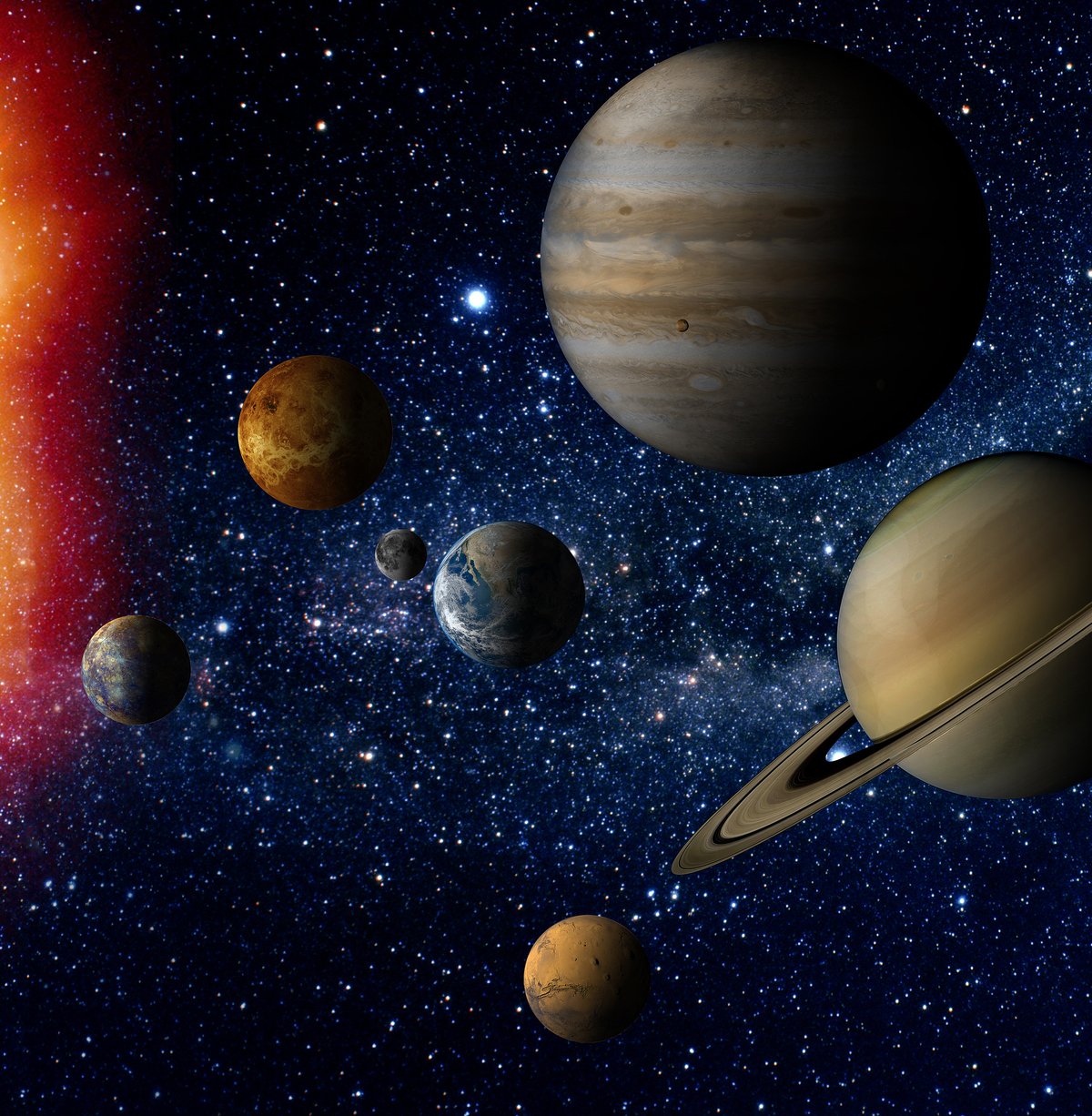A team of North American researchers recently published the first results of their analysis of samples collected by NASA’s OSIRIS-ReX mission on the asteroid Bennu. 120 grams of original carbonaceous regolith brought to Earth in September 2023 revealed: The space object may have come from an early oceanic world.
A study recently published in the journal Meteoritics & Planetary Science revealed the first discoveries, but also some surprises. Among the predominantly dark particles of the analyzed material, ranging from submicron dust to 3.5 cm fragments, there were some lighter particles of shiny material that formed veins and shells.
The surprise was the discovery of magnesium-sodium phosphate, which had not previously been detected by the space probe’s sensors. The presence of these minerals, which usually form in aqueous environments, suggests that: “The asteroid may have broken off from a small, primitive, long-vanished ocean world.”says the research.
Why was asteroid Bennu chosen?
Bennu, an asteroid about 500 m in diameter whose orbit intersects that of Earth (and is therefore potentially hazardous), was chosen as an OSIRIS-ReX target because telescopic observations suggested a primitive carbonaceous composition and water-bearing minerals. In other words, signs of the pioneer molecules of life.
The biggest difference in this collection method is that, unlike the analysis of meteorites that fell to Earth, the sample analyst Nick Timms, a professor at Curtin University in Australia, The material collected directly from Bennu was kept in its original conditions, that is, uncontaminated by Earth’s atmosphere or biosphere.
In a press release, Timms assured that the analysis “places Bennu among the most chemically primitive materials known, with a composition similar to the visible surface of the Sun.” This is evidence that the asteroid, unlike the planets, preserves primitive materials dating back to the early composition of the Solar System 4.5 billion years ago.
More discoveries about Bennu

In addition to the unexpected presence of magnesium- and sodium-rich phosphates, some trace minerals were also detected among the samples that help “paint a picture of Bennu’s evolution and also offer insights into the beginnings of the Solar System and how its different planetary bodies formed.” was created,” Timms explained.
Further analysis could lead to a better understanding of our planetary system, but the approach could go even further, as the sample also reveals the presence of presolar grains. Elements condensed from interstellar gases before the formation of the Sun and planets.
Finally, some practical implications for analyzing the composition of asteroids can also be mentioned. such as identifying potential areas for space mining exploration. Not to mention that knowing the structure of potentially dangerous space rocks could be useful in threats of collision with Earth.
Follow the latest astronomy research on TecMundo and don’t forget to share the article with your friends on social media. Until later!
Source: Tec Mundo
I’m Blaine Morgan, an experienced journalist and writer with over 8 years of experience in the tech industry. My expertise lies in writing about technology news and trends, covering everything from cutting-edge gadgets to emerging software developments. I’ve written for several leading publications including Gadget Onus where I am an author.













